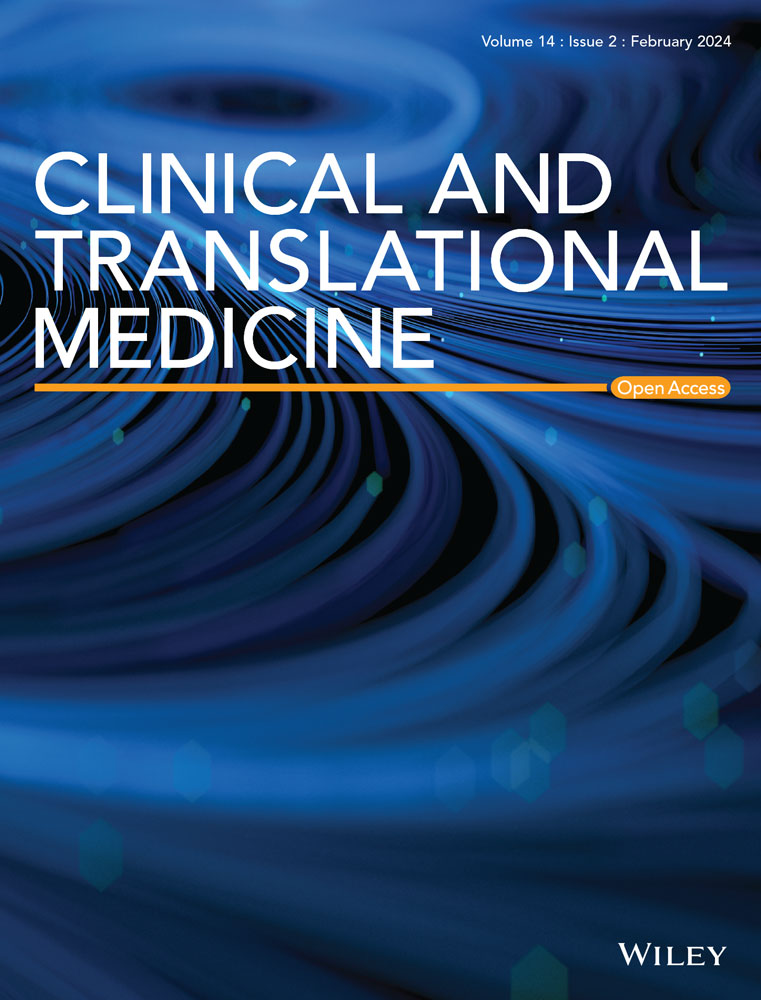Single-nucleus transcriptomic profiling reveals temporal dynamics of neuroinflammation and myelin repair after intracerebral haemorrhage
Abstract
Background
Intracerebral haemorrhage (ICH) progresses rapidly with complex pathology and limited treatment options, making it a severe subtype of stroke. The extravasation of blood into the brain parenchyma triggers a cascade of inflammatory responses, contributing to secondary injury. Single-nucleus RNA sequencing (snRNA-seq) data have enabled more profound insights into the cellular heterogeneity and dynamic interactions within the haemorrhagic brain. Immune cells play a crucial role in shaping neuroinflammation. However, the lack of comprehensive longitudinal studies limits our understanding of the temporal evolution of these inflammatory processes, posing a challenge to the development of targeted therapeutic strategies.
Methods
We used snRNA-seq in collagenase-induced ICH mouse models at Days 1, 3, 7, 14 and 28 post-injury, alongside naive controls, to profile the dynamics of gene expression over time.
Results
We obtained 281 577 high-quality transcriptional profiles representing 21 distinct cell types. Co-expression network analysis revealed a prominent ‘inflammation module’ that remained active throughout ICH. Integrative single-cell transcriptomic and immunofluorescence staining suggested that the various Mif-expressing cells may contribute to local inflammation, potentially engaging macrophages via receptor–ligand pairs such as Cd44 and Cd74. Over time, microglia appeared to serve as key recipients of pro-inflammatory signals increasingly. During the resolution phase, oligodendrocytes exhibited transcriptional signatures consistent with enhanced maturation and remyelination, which T cell-mediated interactions may have facilitated.
Conclusions
These findings offer a systems-level perspective on cell-type–specific responses and immune-mediated interactions during ICH progression and resolution.
Key points
- Establish intracerebral haemorrhage (ICH) mouse models at various time points (Days 1, 3, 7, 14, 28) and construct a high-quality single-nucleus RNA sequencing (snRNA-seq) atlas.
- Computational analyses suggest that macrophage recruitment in the early stage of ICH potentially involves migration inhibitory factor (MIF) signalling pathways.
- T cells may interact with myelin-forming oligodendrocytes during the resolution phase, potentially contributing to remyelination after ICH.


 求助内容:
求助内容: 应助结果提醒方式:
应助结果提醒方式:


